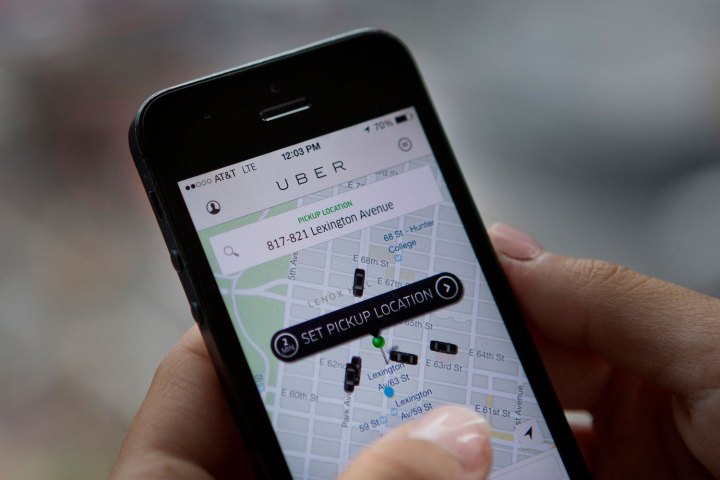
The alleged move comes as both Uber and the German luxury auto brand make moves to advance autonomous car technology, and experts suggest that the San Francisco firm’s decision may have something to do with the car company’s self-driving capabilities. That said, Mercedes’ autonomous functionality is far from perfect — its E-Class cars are only able to maneuver themselves for short periods of time, and it’s not a standard feature.
Self-driving cars would obviously be a huge boon to Uber’s business model, as it would remove the middle man driver from the equation. And paying drivers appears to be eating into Uber’s revenue, as despite its monstrous valuation, the company has actually never turned a profit. Thus far, however, getting rid of drivers remains something of a pipe dream. That apparently hasn’t stopped Uber from dreaming, as an auto industry source told Reuters, “[Uber] wanted autonomous cars. It seemed like they were shopping around.”
But motivations aside, if the news is true, Uber has certainly made Mercedes a very happy customer, especially considering that the German company normally only sells about 100,000 S-Class cars every year. With this report, their annual quota already appears to have been met.
But just because these S-Class sedans aren’t fully autonomous yet doesn’t mean that they won’t serve a valuable purpose in Uber’s ever-growing fleet. While Mercedes has suggested that they’ll have driverless vehicles out by 2020, Uber is moving at what could be an accelerated rate. Members of their payroll include some of the best and brightest minds in the auto industry, and they may just take to the new S-Class cars and see what they can do for themselves.
Editors' Recommendations
- Waymo robotaxi attacked and set on fire in San Francisco
- Beleaguered robotaxi startup Cruise lays off quarter of workforce
- Cruise’s robotaxi service suspended by California regulator
- Waymo expands robotaxi service area in San Francisco
- Cruise autonomous vehicle drives over woman just after she was hit by another car

